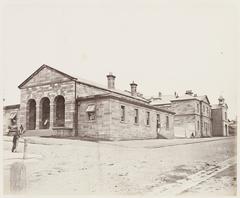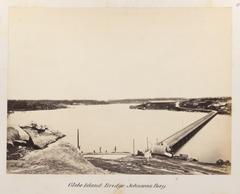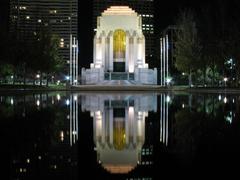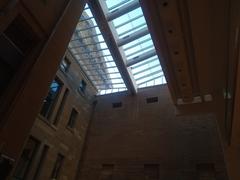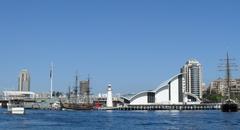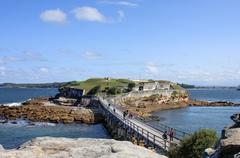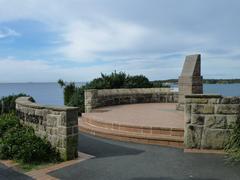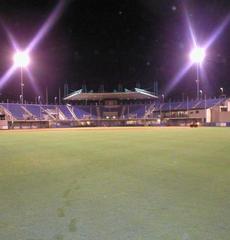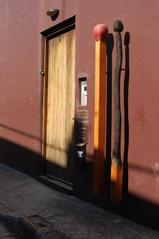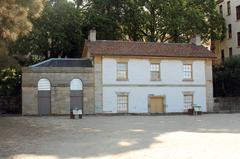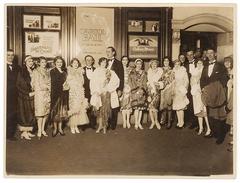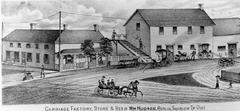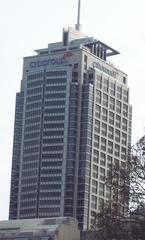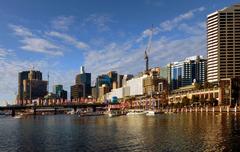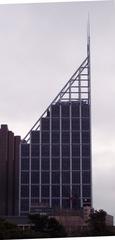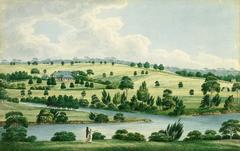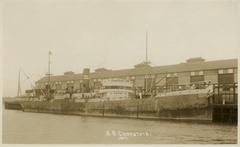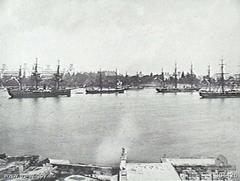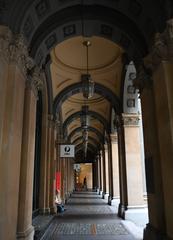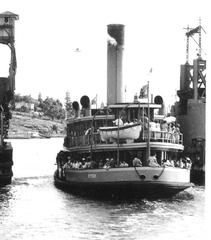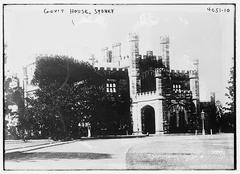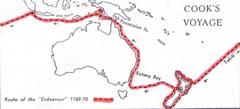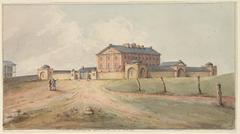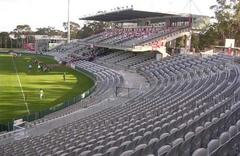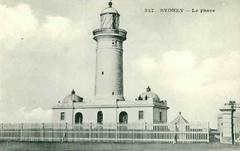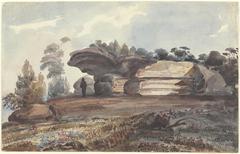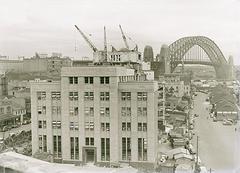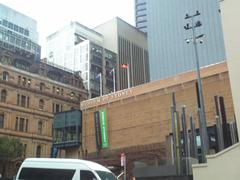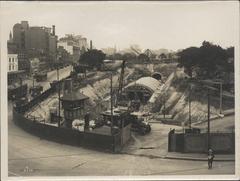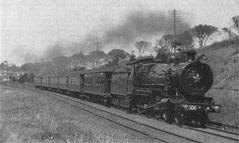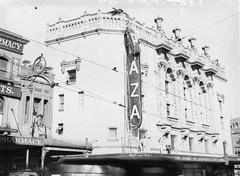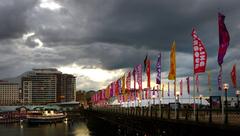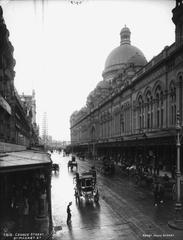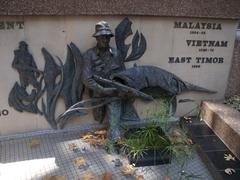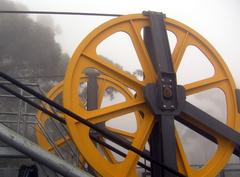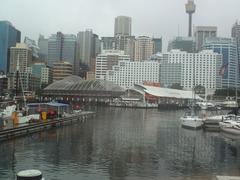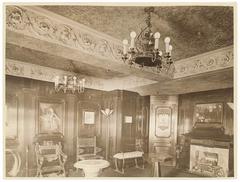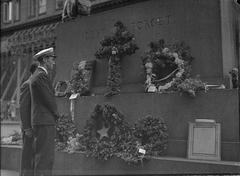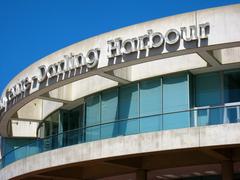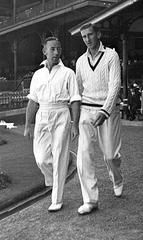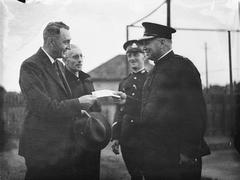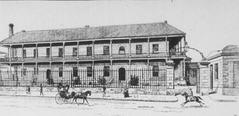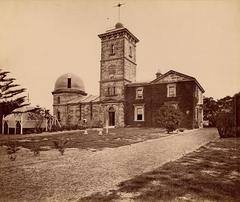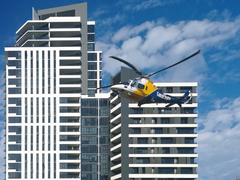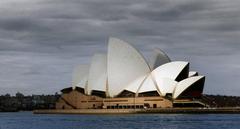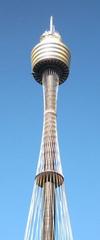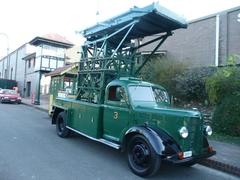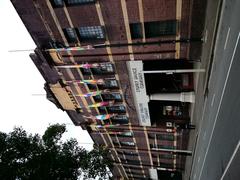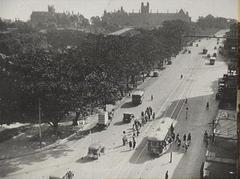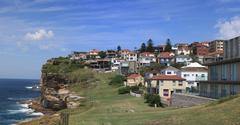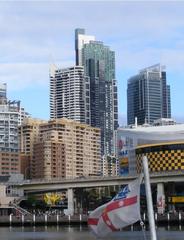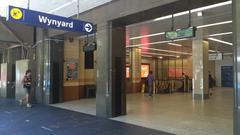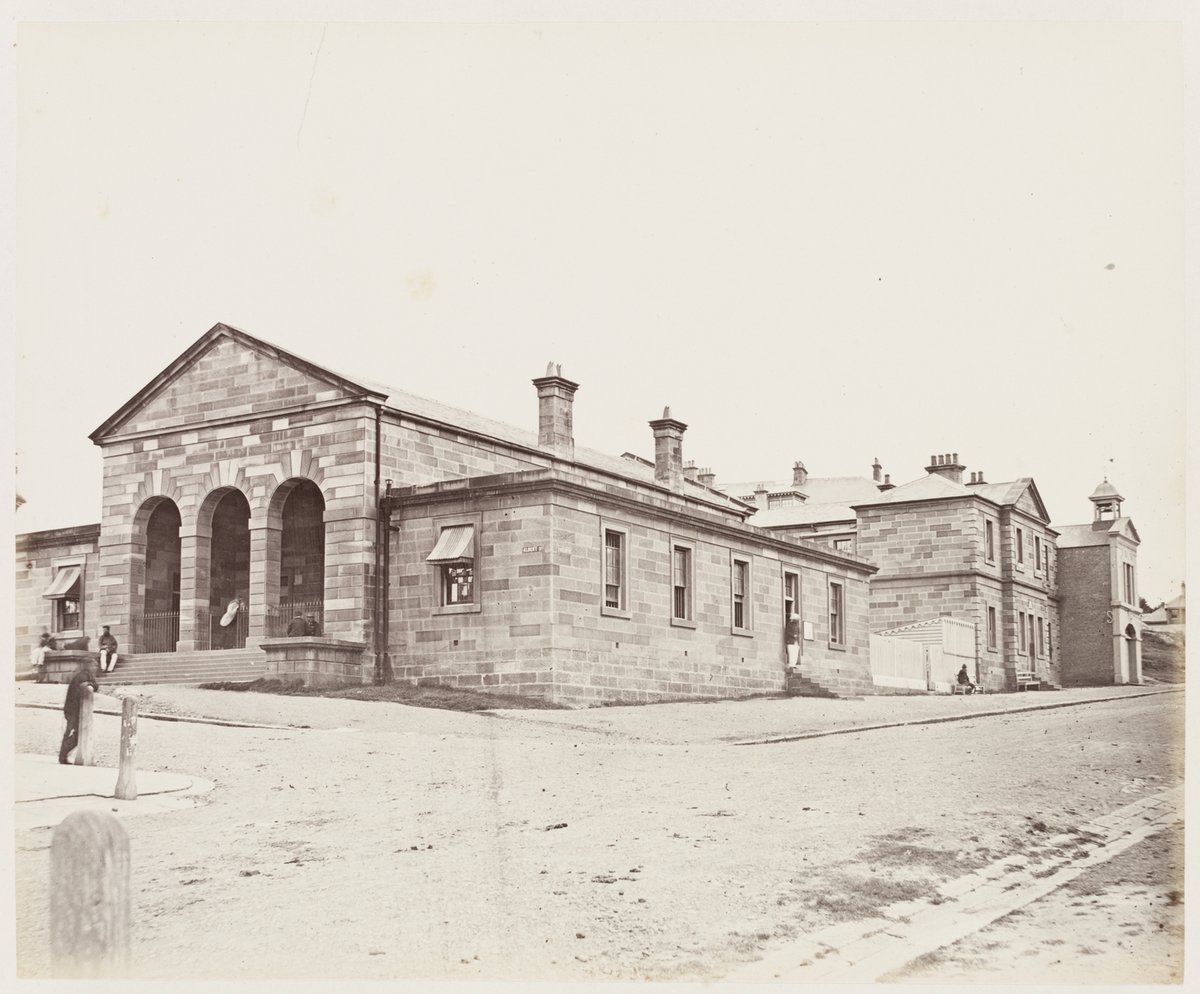
Justice and Police Museum Sydney: Visiting Hours, Tickets, and Visitor Guide
Date: 14/06/2025
Introduction
Nestled near Sydney’s Circular Quay, the Justice and Police Museum stands as a remarkable portal into the city’s legal and criminal past. Occupying sandstone buildings dating back to the 1850s, once home to the Water Police Court and Station, the museum today preserves a unique slice of New South Wales’ judicial and policing heritage. Through authentic Victorian architecture, interactive exhibitions, and immersive guided tours, guests can explore infamous cases, pioneering law enforcers, and the evolution of justice in Sydney (City Days). This guide details the museum’s rich history, architectural legacy, visiting hours, ticketing, accessibility, and practical tips for a rewarding visit.
Table of Contents
- Introduction
- History & Origins
- Architecture & Heritage
- Role in Sydney’s Legal and Social History
- Museum Transition & Heritage Listing
- Collections & Exhibitions
- Visitor Information
- Cultural Significance
- Frequently Asked Questions (FAQ)
- Conclusion
- References
History & Origins
The Justice and Police Museum’s story begins in the mid-19th century as Sydney’s population boomed due to the gold rush. The city’s waterfront, rife with crime and social upheaval, demanded strong law enforcement. In response, the Water Police Court, designed by Edmund Blacket, was completed in 1856, followed by the Water Police Station (Sydney Australia Museums). These buildings became central to Sydney’s legal precinct and the fight to maintain order on the bustling docks.
Architecture & Heritage
The museum complex features two historic courthouses and a police station, exemplifying late-Victorian civic design. Architects Edmund Blacket, Alexander Dawson, James Barnet, and Walter Liberty Vernon contributed to the site’s evolution, with local sandstone tying it visually to other heritage buildings in the area (Wikipedia). Key features include:
- Symmetrical facades and high ceilings
- Large sash windows for natural light
- Original charge rooms, holding cells, and courtrooms
- Spiked iron gates and sandstone archways
Since its conversion into a museum in 1991, efforts have focused on preserving these architectural elements, ensuring visitors experience Sydney’s legal history firsthand (Dictionary of Sydney).
Role in Sydney’s Legal and Social History
For over a century, the complex was the epicenter of justice in Sydney. The Water Police Court handled maritime and waterfront crimes, processing thousands of cases annually by the late 1800s (City Days). Notorious cases such as Henry Louis Bertrand’s “Mad Dentist” trial captivated the public, while the police station was central in early law enforcement, including the pivotal Bridge Street Affray of 1894. The museum’s displays highlight both famous and everyday encounters with justice, illuminating the evolving relationship between the state and its citizens.
Museum Transition & Heritage Listing
The courts remained in operation until 1979, and the police station closed in 1985. The site was subsequently transformed into a museum, officially heritage-listed in 1999, recognizing its architectural and historical significance (Wikipedia). Today, visitors can walk through reconstructed courtrooms and cells, connecting with Sydney’s legal past.
Collections & Exhibitions
The museum boasts one of Australia’s largest public collections relating to crime, law enforcement, and forensic science, with over 9,000 artifacts (Sydney Living Museums). Key highlights include:
Crime Scene Photography & Forensics
- The “Forensic Photography Archive” features over 130,000 negatives and prints, chronicling notorious crimes and daily police work (Sydney Living Museums – Forensic Photography).
- Mugshots from the “Special Photographic Section,” with figures like Tilly Devine and Kate Leigh.
- Early forensic kits and evidence bags.
Weapons, Police Equipment & Courtroom Artifacts
- Confiscated firearms, batons, and riot gear dating from the 19th century to present (Sydney Living Museums – Collection Highlights).
- Restored courtrooms and authentic cell doors, with original legal records.
Notorious Cases & Personal Stories
- Exhibits on infamous cases such as the “Pyjama Girl” murder and Razor Gang wars.
- Stories of Aboriginal trackers and pioneering law enforcers (City Days).
- Interactive elements and oral history presentations (Sydney Living Museums – Exhibitions).
Temporary and Touring Exhibitions
- “Underworld: Mugshots from the Roaring Twenties” attracted thousands with original mugshots and immersive displays (Sydney Living Museums – Underworld).
- “Crooks Like Us” and “Murderers, Madmen & Lunatics” delve into broader aspects of criminal and mental health history.
- Educational workshops include mock trials and forensic science sessions (Sydney Living Museums – Education).
Visitor Information
Visiting Hours
- Regular Hours: Saturday and Sunday, 10:00 AM – 5:00 PM
- NSW School Holidays: Open daily, 10:00 AM – 5:00 PM
- Closed: Good Friday and Christmas Day
- Note: Last entry at 4:30 PM. Hours may vary for special events—check the official website for updates.
Tickets & Admission
- Adults: $15
- Concession (students, seniors): $10
- Children under 16: Free
- Family (2 adults + 2 children): $35
- Free Entry: Offered during select events, check the website for details.
- Booking: Purchase tickets online or onsite; advance booking recommended for special programs.
Accessibility
- Ramps, accessible restrooms, and assistance available.
- Some heritage areas may have limited access; contact the museum in advance if you have specific needs (Sydney Living Museums – Accessibility).
Guided Tours & Special Programs
- Free guided tours run twice daily, providing expert insights.
- “Crime After Dark” evening tours and educational workshops are offered throughout the year (Sydney Living Museums – Tours).
- School and group bookings are welcome; contact the museum for tailored experiences.
Location & Travel Tips
- Address: Corner of Phillip and Albert Streets, Circular Quay, Sydney
- Public Transport:
- Train: Circular Quay Station (5-minute walk)
- Ferry: Circular Quay Wharf
- Bus: Multiple routes to Circular Quay or nearby George Street
- Parking: Limited paid parking nearby; public transport recommended
- Tips: Wear comfortable shoes for uneven or steep areas; be aware of graphic content if visiting with children.
Nearby Attractions
- Sydney Opera House
- Royal Botanic Garden
- Museum of Contemporary Art Australia
- The Rocks precinct
Cultural Significance
The museum is a vital part of Sydney’s collective memory, preserving the complexities of the city’s legal and social evolution. Its educational programs, exhibitions, and public events foster critical reflection on justice, authority, and the changing face of law enforcement (Dictionary of Sydney; Atlas Obscura).
Frequently Asked Questions (FAQ)
Q: What are the Justice and Police Museum’s visiting hours?
A: Open Saturday and Sunday 10:00 AM – 5:00 PM, and daily during NSW school holidays; closed Good Friday and Christmas Day.
Q: How much is admission?
A: $15 adults, $10 concession, free for children under 16, $35 for families. Free during some special events.
Q: Are guided tours available?
A: Yes, free guided tours run twice daily; other special tours and workshops are also available.
Q: Is the museum wheelchair accessible?
A: Yes, accessible facilities are provided, though some heritage areas are limited—contact the museum for details.
Q: Can I take photos inside?
A: Photography is allowed in most areas, but flash and tripods are not permitted.
Q: Is it suitable for children?
A: Yes, but some exhibits may be graphic; children under 15 must be accompanied by an adult.
Conclusion
The Justice and Police Museum is a must-visit for anyone seeking to understand Sydney’s criminal and legal heritage. With a wealth of original artifacts, immersive exhibitions, and engaging guided tours, it provides a unique window into the city’s past. Conveniently located at Circular Quay and surrounded by other cultural landmarks, the museum promises an enriching experience for all visitors. Check visiting hours and ticket details before your visit, and consider joining a guided tour for deeper insight.
Plan Your Visit
For the latest information, tickets, and event listings, visit the official Justice and Police Museum website.
Discover more Sydney history with the Audiala app—download for guided tours and real-time updates!
References
- Justice and Police Museum, 2025, City Days (https://citydays.com/places/justice-and-police-museum/)
- Justice and Police Museum, 2025, Sydney Australia Museums (https://sydney-australia.biz/museums/justicepolicemuseum.php)
- Justice and Police Museum, 2025, Wikipedia (https://en.wikipedia.org/wiki/Justice_and_Police_Museum)
- Justice and Police Museum, 2025, What’s On Sydney (https://www.whatsonsydney.com/events/museums/justice—police-museum-32529)
- Justice and Police Museum, 2025, Dictionary of Sydney (https://dictionaryofsydney.org/building/justice_and_police_museum_building)
- Justice and Police Museum, 2025, Atlas Obscura (https://www.atlasobscura.com/places/justice-and-police-museum)
- Justice and Police Museum, 2025, Sydney Living Museums (https://sydneylivingmuseums.com.au/justice-police-museum/collections)
